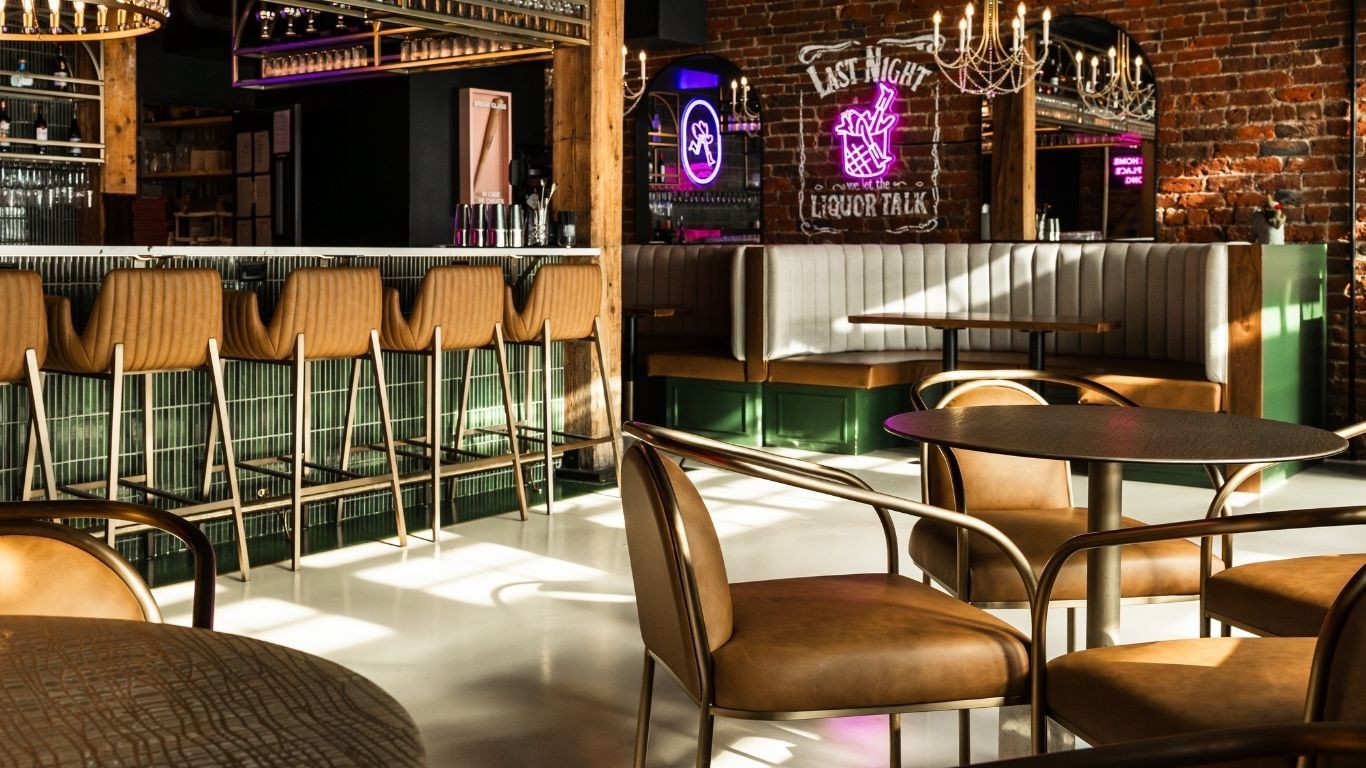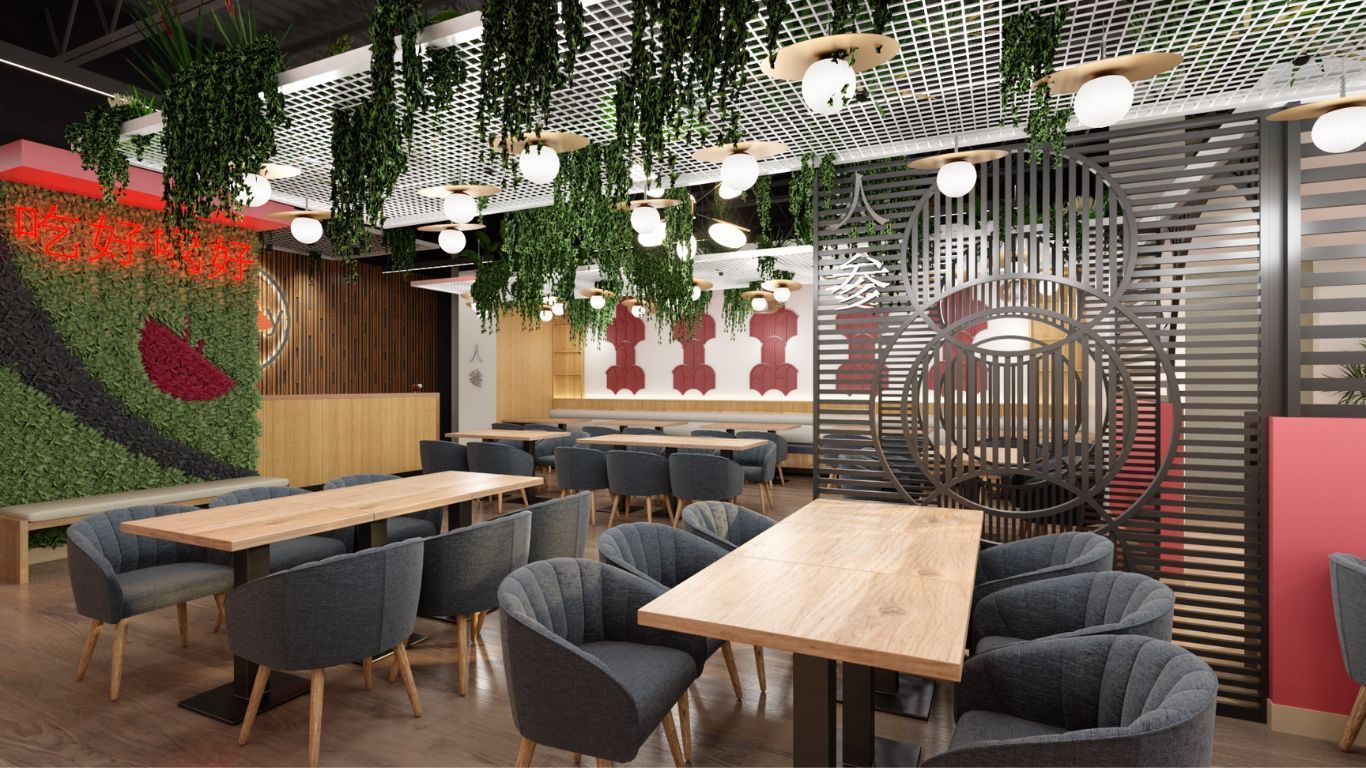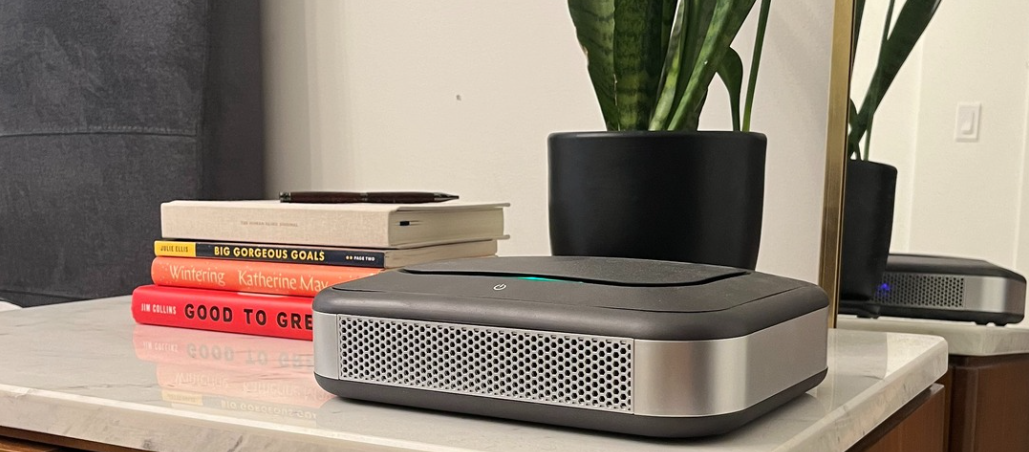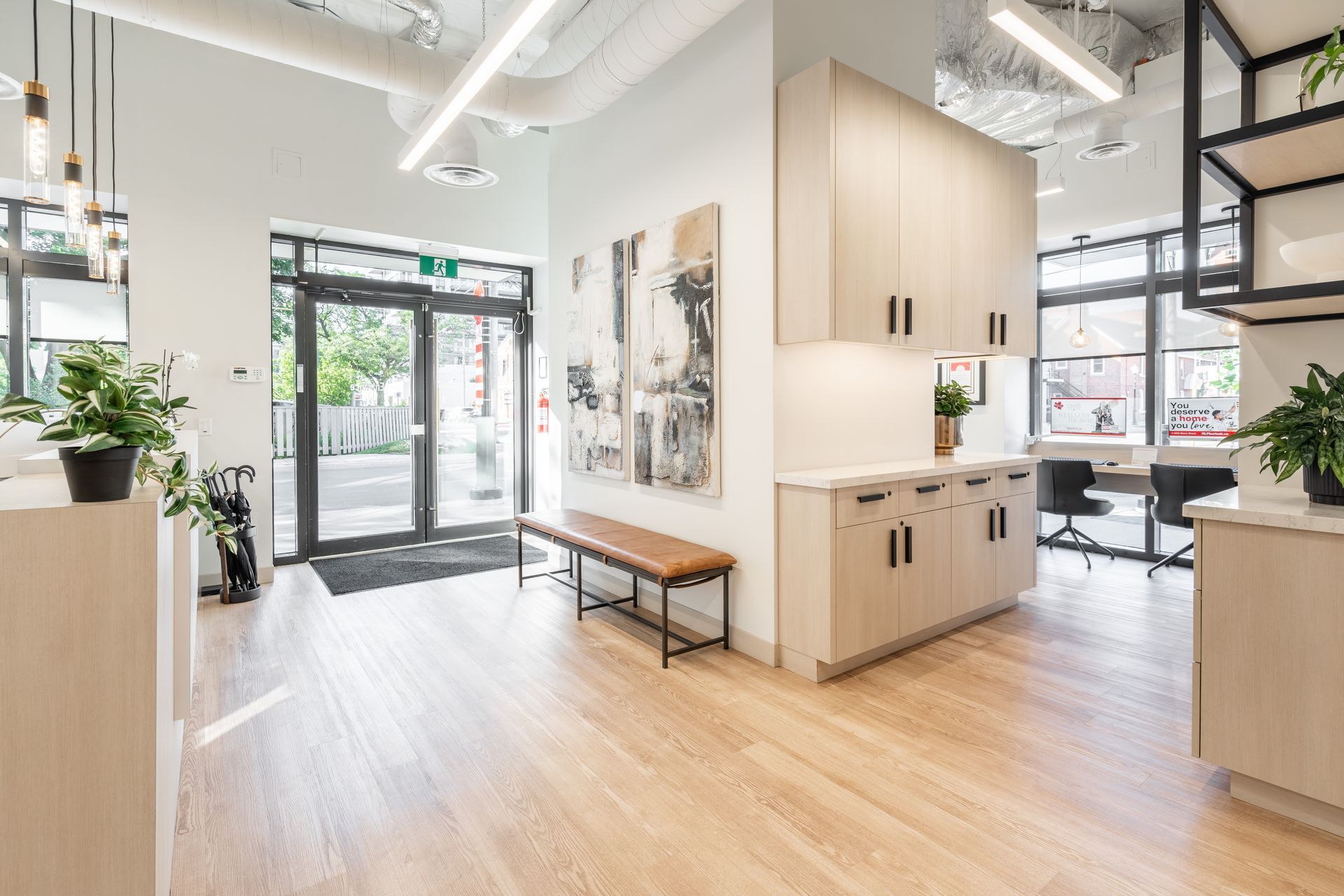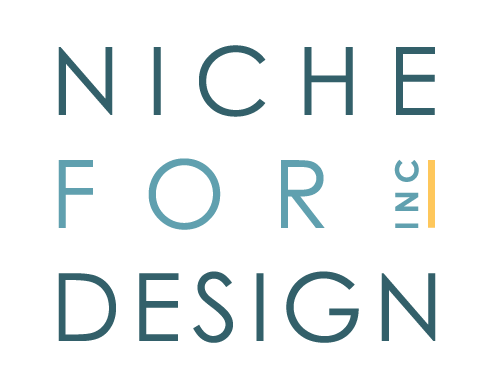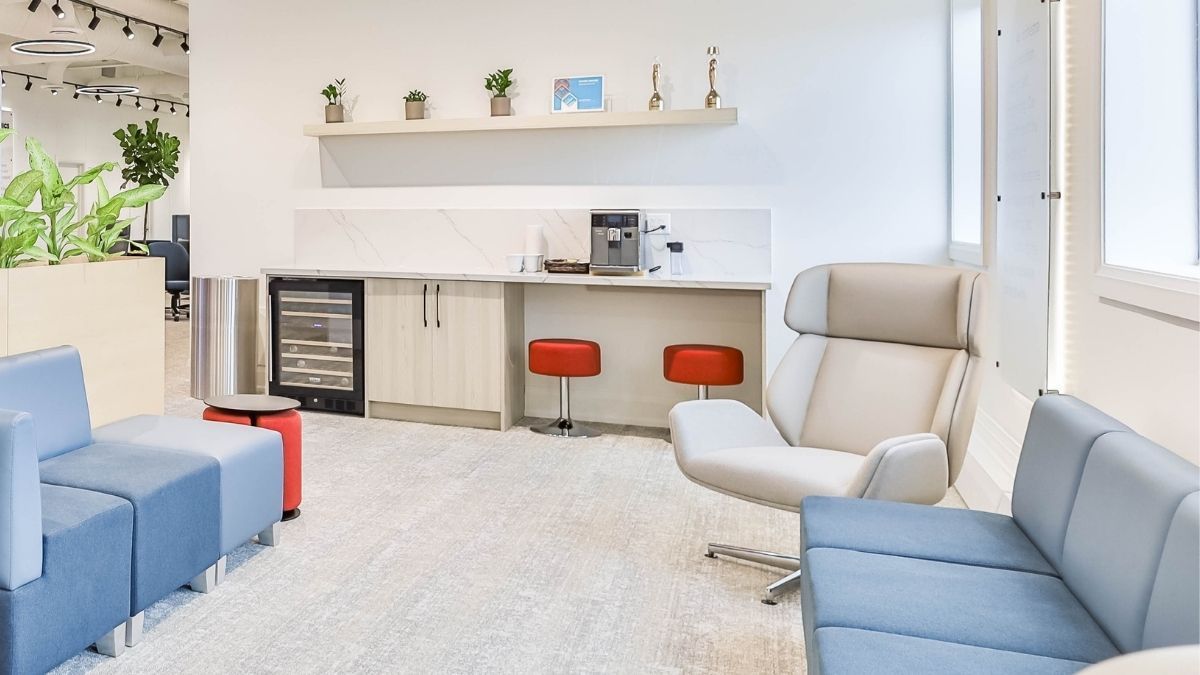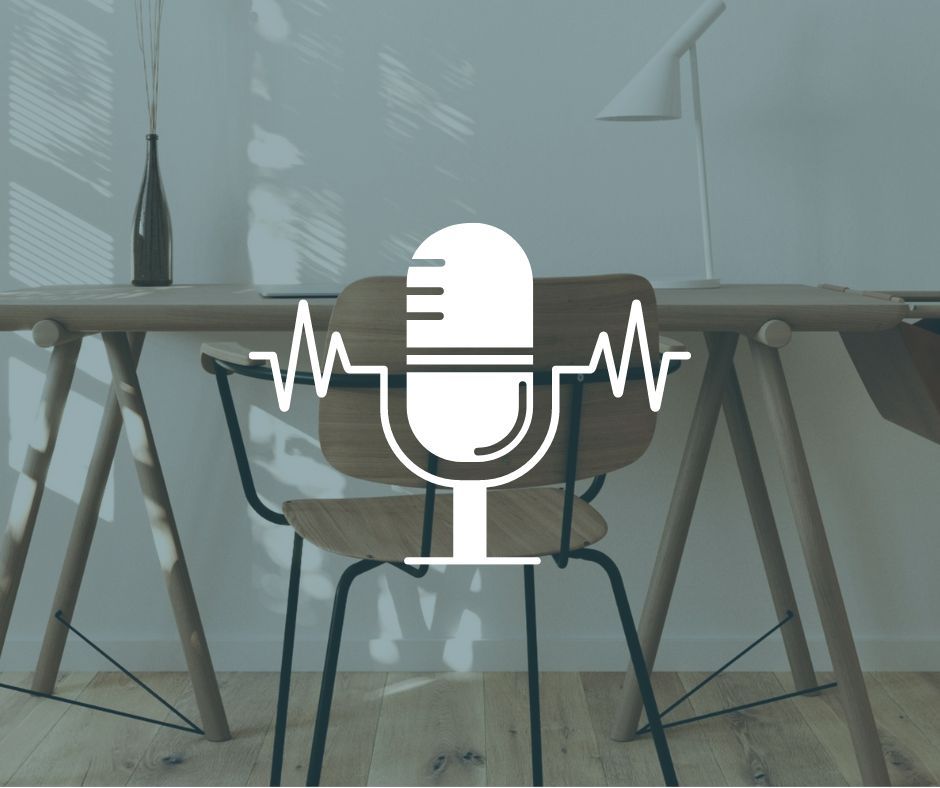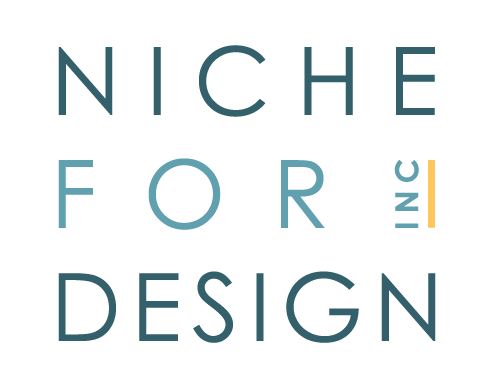Optimizing Multi-Location Office Spaces
According to a recent study by workspace platform provider Robin, 75% of companies are planning to reduce their office footprint in 2024. This is primarily due to economic challenges and underutilization of space. A strategic approach to this change can positively impact your bottom line, team engagement, and overall workplace culture.
Why Consider a Feasibility Study before Optimizing Your Offices?
A feasibility study is a valuable first step in optimizing your office space and it can save you from making costly mistakes in the execution of changes. A feasibility, space planning study provides an in-depth analysis of your current workspace usage and offers strategic solutions to create a more efficient and productive environment. Here’s why a feasibility study is essential for companies with multiple locations:
- Accurately Identifies Underutilized Spaces Through Strategic Team Engagement: Many businesses are paying for office space that sits empty most of the time. A feasibility study helps identify these underutilized areas and proposes ways to repurpose them effectively- in many cases reducing the overall footprint required for your real estate needs.
- Strategic Space Planning: The study involves a thorough understanding of your team’s operations, enabling the creation of a workspace that supports both in-office and remote work. This is particularly important in the era of hybrid work models.
- Cost Efficiency: By optimizing your office layout, you can significantly reduce costs associated with maintaining large, underused spaces. Often feasibility studies utilize generic calculation models that are not accurate. Our study utilizes real space planning of your actual space and provides clear ROI numbers, helping you make informed decisions about space reduction and reallocation.
How We Approach Feasibility Studies
Our approach to feasibility studies is comprehensive and tailored to meet your specific needs. Here’s a glimpse into our process:
List of Services
-
In-Depth Analysis:List Item 1
We start by understanding how your team operates, both in the office and remotely. This includes analyzing workflows, team interactions, and space utilization patterns. We gather this information through a series of strategic optimization sessions with key stakeholders as well as through staff surveys. This information ensures we are providing clear and accurate guidance to meet your needs.
-
Customized Solutions:List Item 2
Based on our analysis, we propose customized solutions that align with your business goals. This could involve reducing square footage, reconfiguring office layouts, or introducing flexible workspaces.
-
Implementation Management:List Item 3
We don’t just stop at planning. Our team manages the entire implementation process, ensuring a seamless transition to your new workspace.
The Benefits of an Optimized Workspace
If your company is considering changes to its workspace, a feasibility study is the best place to start. Let us help you explore the options to optimize your space, reduce costs, and create a work environment that your team will love. Contact us today to learn more about how we can optimize your office space to better support the needs of your team and business.
Like this resource? Feel free to share...
